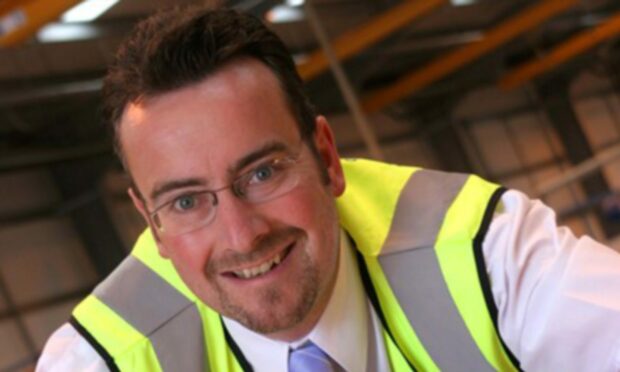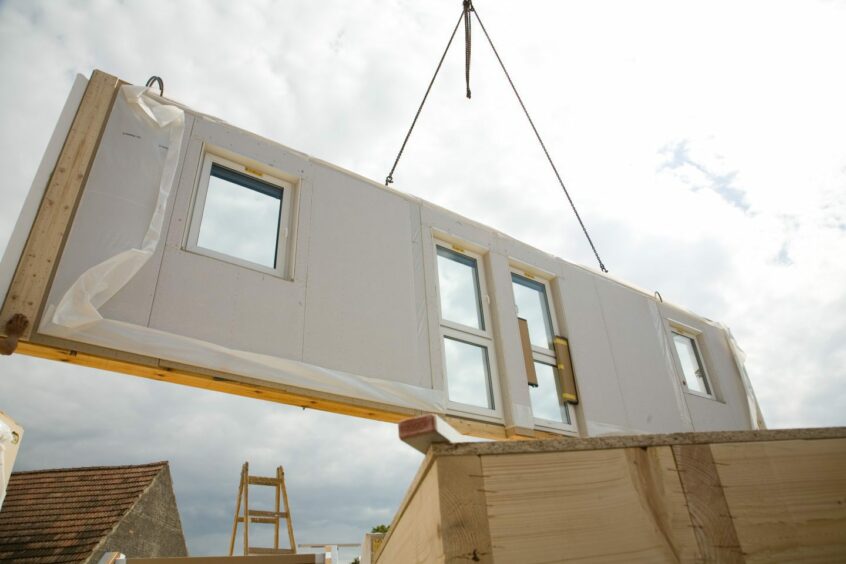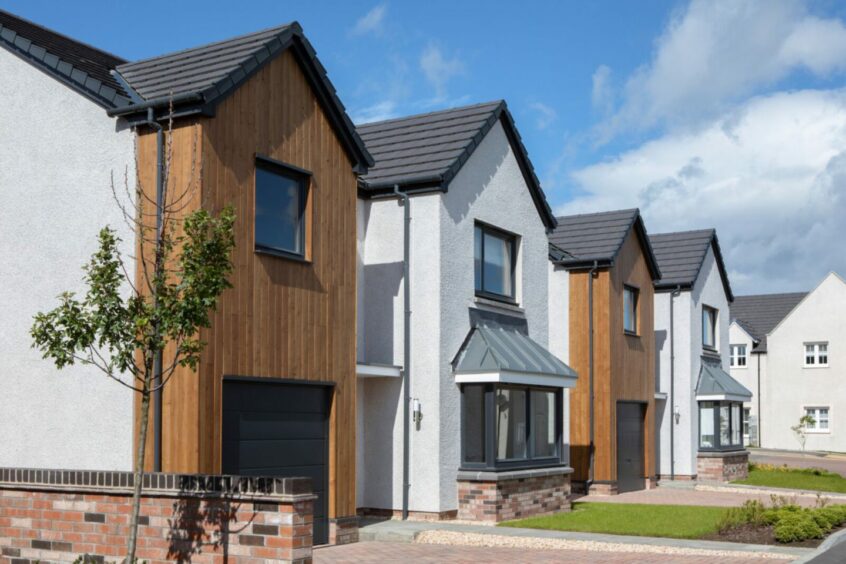AIMCH (Advanced Industrialised Methods for the Construction of Homes) is the UK’s flagship, collaborative research and development project for housebuilding.
It was set up to develop, trial and scale-up industrialised housing techniques.
Over the past three years its partners have sought to prove the efficacy of adopting near-to-market, scalable and viable industrialised approaches to housing delivery.
This housing innovation programme has been a truly collaborative enterprise, involving forward-thinking housebuilders, stakeholders, suppliers, sub-contractors and academia.
‘Enormously proud’
The partners are enormously proud at having helped take their own businesses and the housing sector forward, recognising housing industrialisation can transform how we build – so we can transition towards zero carbon homes and communities of the future.
Because of our work, scaling up volume production of zero carbon-ready homes in a factory setting, is no longer an abstract concept.
Panelised (flatpack-style) modern methods of construction (MMC) and housing industrialisation are here to stay.
AIMCH has built the framework, and created rule sets and blueprints for factory investments to scale-up production, using automotive expertise and processes to accelerate panelised MMC capacity.
As a result, we are going to see rapid change over the next few years, with huge leaps in housing productivity, output and quality.
Research methods and live site trials have been rigorous. We have tested and compared MMC timber panelised materials and processes with those of masonry-built homes, looking at everything from cost, speed, labour, embodied carbon emissions, and on-site health and safety from every conceivable angle.
Industry firsts
This has culminated in a range of scalable near-to-market solutions, with the learnings easily adopted by housebuilders of all sizes, the supply chain and housing associations.
AIMCH has delivered several remarkable industry firsts, among them the UK’s first zero regulated carbon concept home.
The Zed House was built by AIMCH partner Barratt Developments in collaboration with Salford University to meet the UK Government’s Future Homes Standard.
Also of note, is the development and investment committed by Donaldson Timber Systems – formerly Stewart Milne Timber Systems – to create one of the world’s most advanced production lines for panelised timber MMC build systems, using high-tech automation and robotics.
Zero carbon homes are absolutely possible. We know that from the Zed House.
The future will be in the electrification and integration of homes with communities and vehicles, with a zero gas decarbonised grid the next big challenge.
Homes of the future
Moving forward, the focus needs to be on assembling a wider collaborative network of housebuilders, vehicle manufacturers, utilities providers, network operators, energy companies, and the community to arrive at the most efficient way of scaling what we have learned and plugging AIMCH into an all-electric world.
First and foremost, the central objective is for the wholesale electrification of new homes – ditching gas boilers in favour of air pump heating systems, integrated photovoltaic technologies, thermal and power storage, and electric vehicle charging points.
Within 10 years I would like to see the sector get to the point where all new homes consume only the energy they produce.
Every home or community would act as its own energy generator, storing power and balancing consumption and generation, so we are at least 50% less dependent on the grid network.
We know MMC can deliver “fabric first” solutions to reduce energy demand in perpetuity.
Building an integrated network
The challenge is to plug these into integrated new energy systems at a vehicle, home or community level, without blowing the network or incurring huge system reinforcement costs, as well as effort and time the planet cannot afford.
There is momentum from the sector and government for working towards that goal.
The question which needs to be addressed, however, is whether the grid can be made ready to accommodate the electrification and integration of homes, communities and cars.
And what structures need to be in place to allow the deployment of all-electric homes and communities of the future?
On our journey towards zero carbon, factory-built homes, we need to be alive to any unintended consequences and must continue asking the right questions.
For example, what would a further rise in temperature mean? What might the embodied carbon of a battery look like against the whole life carbon of the home?
Sustainable, zero carbon living will always be a balancing act.
These future energy efficient innovations do come at a price.
But, with ever-increasing energy costs, homebuyers will come to see the value of paying upfront for a highly energy efficient dwelling that can generate, store and consume its own power, with significant off-grid reliance.
I also predict a shift in market valuation, where lenders and surveyors are willing to recognise this value, providing valuations and mortgage rates for these highly desirable future homes.
Housing associations, in particular, are seeing that paying for better fabric and an energy-efficient shell will help to avoid costly retrofitting and future tenant disruption to their stock as homes require to be upgraded to be zero carbon over the longer term.
AIMCH has demonstrated the path for scaling up industrialised housebuilding using panelised MMC, focused on energy efficient fabric designs, standardisation, digital working and advanced manufacturing.
The next challenge – the electrification and integration of homes, communities, cars, and energy systems, is far greater.
Stewart Dalgarno is director of innovation and sustainability at north-east housebuilder Stewart Milne Group.






Conversation